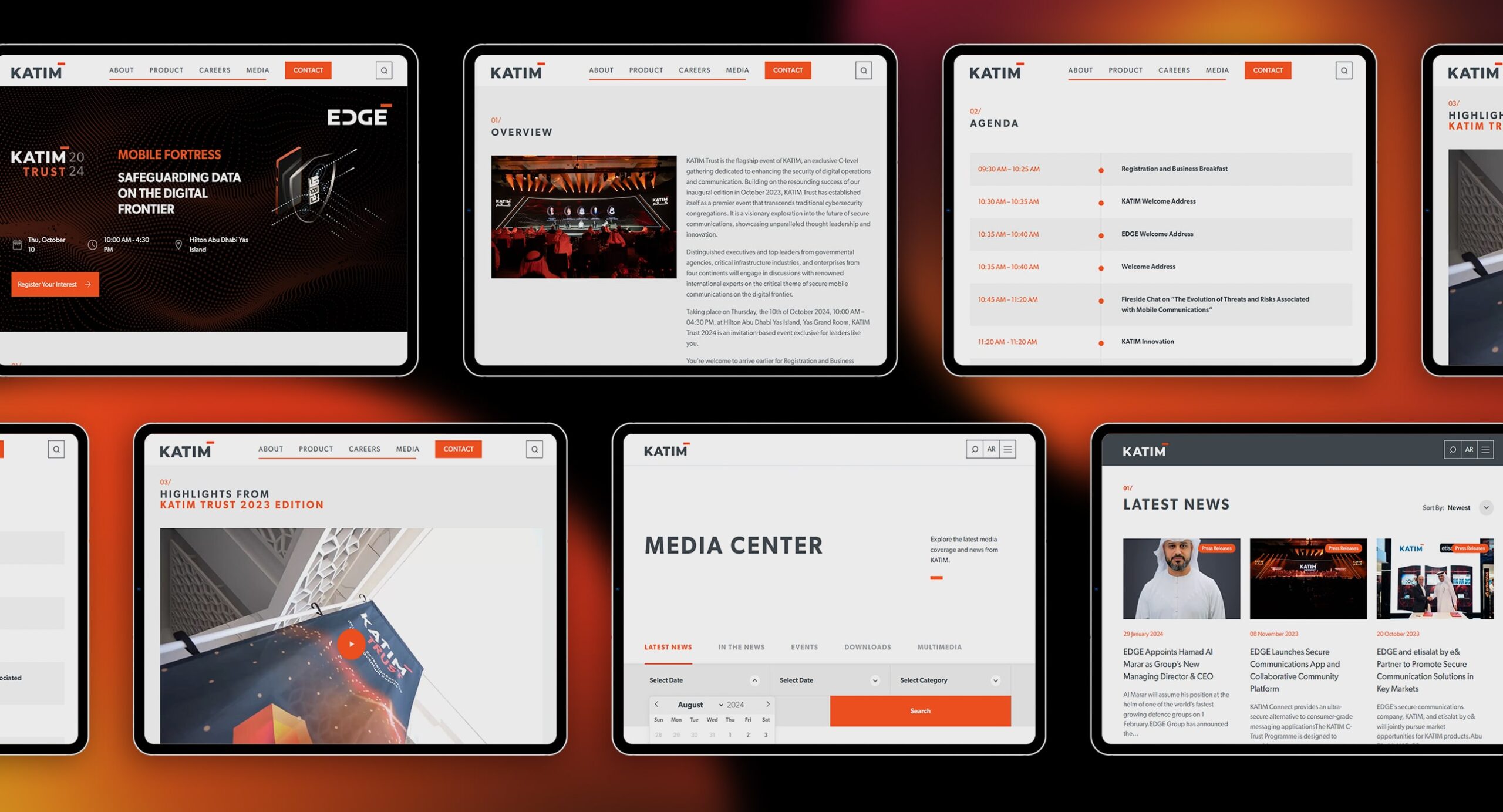Is Google On its Way Becoming a Semantic Search Engine?
Google has been a household name when one thinks of a search engine. Not only does it seem like the search engine knows what you’re thinking of, but it seems like the algorithm has been able to do so more accurately over the years. Google has set out to become a semantic search engine for years now as it thrives to provide the most accurate and relevant information to its users. In order to become a semantic search engine, Google must be able to understand the semantics of words that a user uses as well as a searcher’s intent. So, what has Google’s journey to a semantic search engine looked like?

Google’s Journey to a Semantic Engine: Over the Years
2010: The Purchase of Freebase
This year marked the beginning of Google’s journey to a semantic search engine. Google acquired Freebase, a knowledge base that was composed of data that collaborators or community members contributed.
2012: Introducing the Knowledge Graph
The Knowledge Graph then debuted after Freebase was purchased and acted as its foundation. The Knowledge Graph consists of Knowledge Cards and Knowledge Panels where information is related to a specific query in various ways (e.g., close thematic relationship.) The Knowledge Graph would not only provide a user with an answer to their question but with related knowledge that is relevant and easily accessible.
2013: Google Update Hummingbird
2013 was the year of novel ranking algorithms. Living up to its reputation as a to-be semantic search engine, the Hummingbird update was designed to better understand user queries by taking search intent into consideration. Instead of analyzing queries word by word, the entire query was understood and answers were generated accordingly.
2014: Knowledge Vault Introduction
The Knowledge Vault was a system introduced in order to automate data mining for the expansion of the “long tail of knowledge.”
2014: E-A-T Principle
Based on Google’s previous innovation, the E-A-T Principle was introduced in order to provide high-quality answers and content for users. The Expertise, Authoritativeness, and Trustworthiness Principle rates a page according to its brand, domain, authority, etc., and will rank more trustworthy and quality entities higher on search engine results pages (SERPs.)

2015: Rankbrain Machine Learning
Machine Learning (ML) via Rankbrain became the new standard of Google search. This particular update utilises vector space analysis in order to semantically interpret search queries and provide relevant results accurately according to searcher intent.
2018: BERT
With Natural Language Processing (NLP), Bidirectional Encoder Representations from Transformers (BERT) was the technology introduced by Google in order to deeply understand text and interpret user queries. With BERT, the Google search engine became one step closer to becoming a semantic search engine because the algorithm can better understand search queries, documents, segments of text, questions, sentences, searcher intent, and overall content.
2018: Focusing on E-A-T
A little further along Google’s journey to a semantic search engine, there were various core updates focused on the E-A-T principle. Putting this principle first, Google improved its ranking algorithm.
2021: Google’s MUM
Google is one step closer to becoming a semantic search engine with the introduction of the Multitask Unified Model (MUM.) Google’s MUM model is said to be 1,000 times more powerful compared to BERT, able to understand text and other media formats, and multilingual. Google’s MUM has new features that users are already taking advantage of in order to deeply understand the answers to their queries.
The Future of Semantic Search
So, does Google use semantic search? The answer is yes, and its journey proves just how committed it is to understanding searcher intent and semantics. Google’s journey to a semantic journey is an exciting one as we are witnessing what could be the final stages of this endeavor. The MUM model takes Google search to a new level as current queries are accurately answered but potential future queries are anticipated and catered to as well. Not only is information based on text but the E-A-T principle is predicted to apply to other media formats such as audio and video content as well. Will we have a purely semantic search engine at one’s fingertips soon? Looking at how far Google has come, semantic search could very well be the standard in the coming years.
For more such updates, Connect with GTECH.
Related Post
Publications, Insights & News from GTECH








